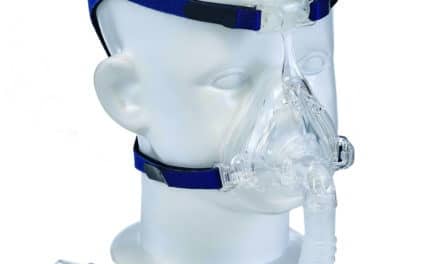Researchers have developed a tool to measure how long people with obstructive sleep apnea (OSA) have been affected by the condition before being diagnosed.
Despite moderate-to-severe OSA being linked to significantly increased risk of mortality, stroke, and cancer incidence, there was no method to establish how long a patient had been exposed, according to Michelle Olaithe, PhD, from the University of Western Australia’s School of Psychological Science, in a release.
“Greater exposure time to a risk factor is often connected to poorer health—for example, the relationship between smoking ‘pack-years’ and the risk of lung cancer—but no such algorithm exists for exposure to obstructive sleep apnea,” says Olaithe in a release. “Our team developed the first algorithm to estimate the years a person has had OSA.”
The algorithm, referred to as OSA-Onset, was created using a range of health variables including body mass index, weight gain, snoring, diabetes, excessive daytime sleepiness, low mood, and biological sex.
Funded by the Raine Medical Foundation and Australasian Sleep Association, the University of Western Australia-led study collaborated with research group the Wisconsin Sleep Cohort, which manages the oldest ongoing sleep database, to develop the tool.
Olaithe notes that data gathered by OSA-Onset would enable future studies to identify people who had experienced OSA for an extended period and examine the effects of long-term exposure. It could also help explain why some people had a worse disease prognosis and poorer response to therapy, she says in a release.
“As OSA is related to—and possibly the cause of—other illness. Having a method to estimate its onset could help assess the risk of related diseases,” says Olaithe in the release. “This could provide an opportunity for prevention or the earliest possible intervention.”
Photo 51316005 | Caucasian © Ljupco | Dreamstime.com





